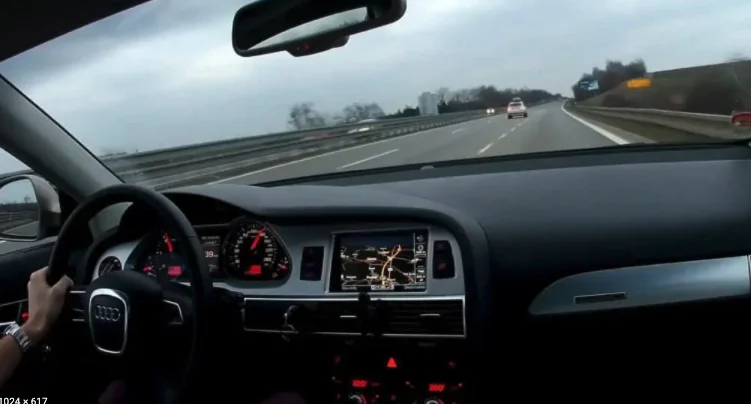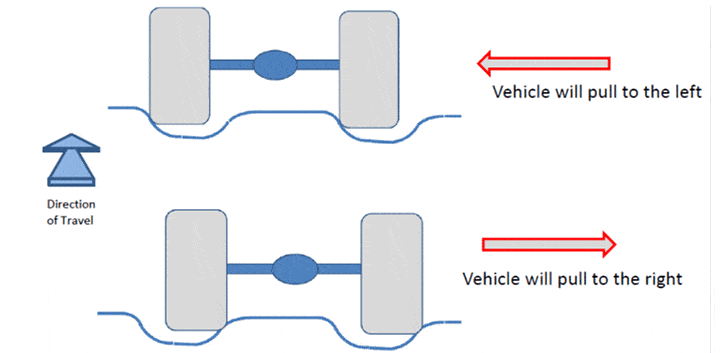
Once in a while, you must have noticed that your car is pulling in a different direction, making it difficult to drive in a straight line. At times, the change of direction is accompanied by small vibrations. This phenomenon is common on rough roads.
What is Tramlining?
Apart from road imperfections, several tire characteristics contribute to tramlining. Deviations from steering inputs usually happen for a few seconds and may not be a concern while driving at slow speeds. Tramlining at high speed is potentially dangerous and could result in serious accidents.

What Causes the Car to Wander on the Road
Imperfections on the road surface are directly transferred onto car tires. Some of the dominant specifications that contribute to tramlining are:
- Tire profile: high performance tires are mostly low profile, with thin and stiff sidewalls which conform to road irregularities. Rigid sidewalls transmit all the faults on the road to steering and suspension systems. Additionally, the stiffer tires are unable to absorb or dissipate resultant impact shock from uneven road surface increasing the possibility of the vehicle wandering.
- Tread design: Bigger tread blocks are essential for improving tire traction and driving safety at higher speeds. However, these tread blocks increase contact surface areas, transferring road surface imperfections onto the vehicle.
- Tread wear: Uneven tread wear increases the possibility of a car tire to follow contours or studded road surfaces, and by extension the possibility of a vehicle wandering while driving in a straight direction on the road.
- Tire pressure: Over-inflation of tires expands the tires, making them stiffer, significantly losing their capabilities to absorb road undulations.
- Wider car tires, just like tires with large tread blocks, increase the overall contact surface area with the road surface. As bumpy road conditions increase, the chances of a vehicle wandering rise.
Proper alignment of wheels plays a huge role in curbing uneven tire wear and improves the steering and handling of a car. Altering the camber of the tires affects steering patterns, increasing the tendency of the car to wander.
Wider wheelbases increase the sensitivity of a vehicle to tramlining. Cars with wider wheelbases are more likely to wander on the road while driving on uneven road surfaces.
Aging suspension systems cause body roll, which transfers all the directional forces onto the car tires, potentially leading to tramlining.
How to Stop Tramlining
- Perform routine wheel alignment, i.e every 6 months, to correct any positive or negative camber.
- Avoid modification jobs that tend to increase the car’s wheelbase. Cars with wider wheelbases are more susceptible to tramlining.
- Always maintain tire pressures at recommended levels, as prescribed by the manufacturer. Do not over-inflate or under-inflate the tires at any point.
- Undertake sufficient maintenance on our car suspension system, ensuring that you replace worn-out suspension parts.
- Avoid using tires with reinforced sidewalls on your vehicle.

